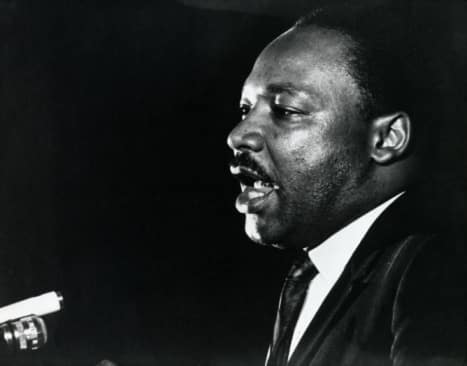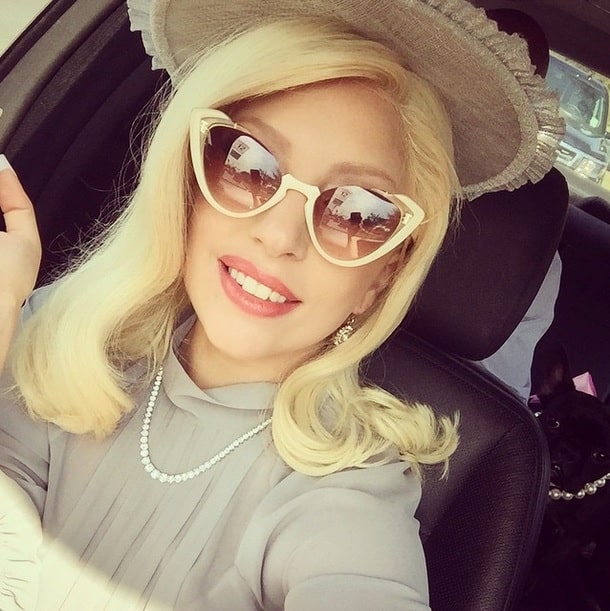I Had No Idea My Beloved Rainbow Bright And Strawberry Shortcake Got So Sexified


I also realize what a lame parent I am that I haven’t even considered buying one of these things for my two-year-old daughter, even though I loved Rainbow and Strawberry as a child. That self-criticism aside, I haven’t seen these dolls since I was a young child and when I saw pictures in the Daily Mail I was horrified! Is this really what these dolls look like now? Taller, longer, leaner they mimic the changes in a girl’s body after puberty, not toddlers. Their big eyes and excessive make-up make them generally unrecognizable to me as a girl who was in love with these dolls and television shows as a young girl.
And yes, they even did it to My Little Pony.
Even animals don’t escape a sexy make-over. The popular My Little Pony – which back in the Eighties did resemble the figure of a horse – has now been given long, slim legs, huge eyes complete with long false eyelashes and a long, wavy mane to rival the Duchess of Cambridge’s.
Even more subtle than the sexualization of toys for children seen in these dolls, is the way the color pink has invaded toys designated for girls. Advertisements, as highlighted by a British organization called Let Toys Be Toys, show children’s products in blues, reds and yellows in the 1970’s compared side by side with the bubble gum pinkified versions of today’s toys aimed at girls.
Research by Elizabeth Sweet, a doctoral candidate in sociology at the University of California, reveals that gender stereotyping on the shelves of toy stores goes far deeper than pushing pink on our girls.
Writing in the New York Times last year, she said: ‘We’ve made great strides toward gender equity over the past 50 years, but the world of toys looks a lot more like 1952 than 2012.
‘During my research into the role of gender in Sears catalogue toy advertisements over the 20th century, I found that in 1975, very few toys were explicitly marketed according to gender, and nearly 70 percent showed no markings of gender whatsoever.
‘In the 1970s, toy ads often defied gender stereotypes by showing girls building and playing airplane captain, and boys cooking in the kitchen.
‘But by 1995, the gendered advertising of toys had crept back to mid-century levels, and it’s even more extreme today. In fact, finding a toy that is not marketed either explicitly or subtly (through use of colour, for example) by gender has become incredibly difficult.’
I can’t help but wonder what happened to the manufacturing and marketing angles. It’s curious that toys were gender neutral at a time first world countries were championing and fighting for equality, but as we get closer to closing the gap with men at work and at home, they shift segregate little girls and little boys in the playroom? It’s a move in the wrong direction. Let toys be toys, as the British campaign says — keeping them tools of imagination and creativity — not gender stereotype landmines.
(photo: Ana Blazic Pavlovic/Shutterstock)






